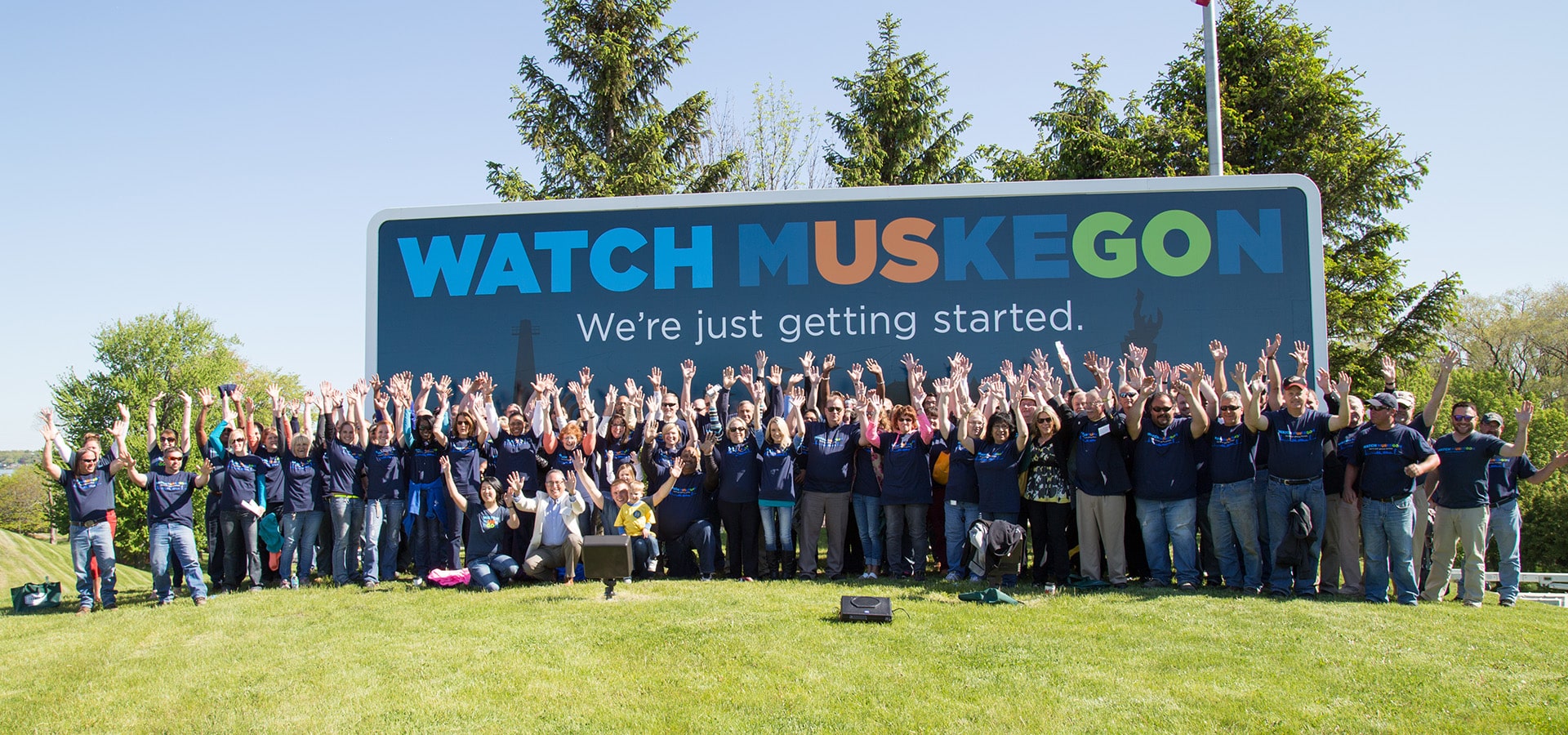Facebook isn’t just a social network; it’s a great advertising tool.
As a proud member of the Generation Z community, I have grown up with social media quite literally in my back pocket. Although many platforms absorbed all of my waking thoughts, the greatest of these apps at the time was the one and only: Facebook.
My parents decided only to allow my siblings and me to have Facebook once we reached the ripe age of twelve. I waited patiently for the day I would finally be able to “poke” people. Since then, the world of Facebook has shifted dramatically. While there are still pictures posted, relationship status changes, and life updates given, Facebook has recently become a powerful advertising platform that has solidified the importance of digital marketing. Gone are the days of uninterrupted scrolling. Our feeds are now filled with countless ads and boosted posts, making it impossible to ignore the changes to the platform.
As a marketing intern here at Revel, my focus has been the changing trends of social media marketing. Let me share what I’ve learned about the best approach to using Facebook as an advertising platform.
Facebook Ads vs. Boosted Posts
It may seem like boosting a post or creating an ad will have the same result, but that is not the case. Whether you boost a post or create an ad depends on your ultimate goal. If the goal is brand awareness, boosting might be your best bet. If your goal is anything other than awareness, visibility, or audience growth, an ad may be a better option.
A boosted post can target location, age, gender, and interests, but a Facebook ad can accomplish that and more. With an ad, you can also choose a bid type, control frequency, schedule your ads, and include or exclude custom audiences.
However, in order to create custom audiences, it is important to be clear about who your audience is.
Know Your Audience
To capitalize on curating your audience, knowing your audience is essential.
There are several ways to determine your target audience, but there are six ways that stand above the rest:
- Analyze your customer base and carry out client interviews
- Conduct market research and identify industry trends
- Analyze competitors
- Create buyer personas
- Define who your audience isn’t
- Continuously revise
Analyzing your audience can be done by either demographic analysis (age, gender, class, education, etc) and through psychographic analysis (interests, attitudes, values, lifestyle, etc). Both of these will help you gain a fuller understanding of who your target is.
Once you have determined your target audience using the steps above, it is time to curate your audience.
Curate Your Audience
This is where things can get a bit tricky. There are multiple types of data you can use to build your custom audiences, including customer lists, website visitors, engagement data, and lookalike data. Once you decide which type of data you will be using, it is time to create a custom audience.
For more information, check out this “How To” guide from Hootsuite, a social media management software that is designed to help you create more engaging content, get more followers, and enhance the overall look of your business’s online presence.
Now that your audience is curated to perfection, you need to set a budget.
Set a Budget
The budget that you determine will be highly dependent on what your overall goals are. Depending on whether your goal is awareness, consideration, or conversion will help you to decide what your overall budget will be. Each of these categories has specific marketing objectives so the budget will change.
It is important to start small and track your metrics. It is possible to build a successful ad with just $1 to $5 a day, but if you want to reach a larger audience, spending more may help you get there.
A rule of thumb for any business is to have a marketing budget between 5% and 12% of your total revenue, and your Facebook advertising budget will be a fraction of that. Ultimately, it’s your goals that determine your budget, and a good place to start is with Facebook’s best practice recommendations for advertising, along with competitor research to see what others in your industry are spending. Then, you’ll want to consider testing ads to see the kind of response you get and adjust your budget accordingly. To get an accurate picture of its success, you’ll want to let an ad run until you spend $1,000, which could take anywhere from seven to 21 days. By the end of that testing period, you’ll have a good idea of what your budget should be.
Facebook has become an important marketing tool, and it doesn’t seem to be going away anytime soon. If you want to advertise on Facebook (and you should), it is important to understand the best ways to create a successful ad. It is imperative that you first understand whether you want a boosted post or an ad, research who your target audience is, curate a custom audience, and finally, set a budget.
Keeping up with the changes Facebook makes can be exhausting, but your favorite marketing intern hopes these tips make life a little easier.










